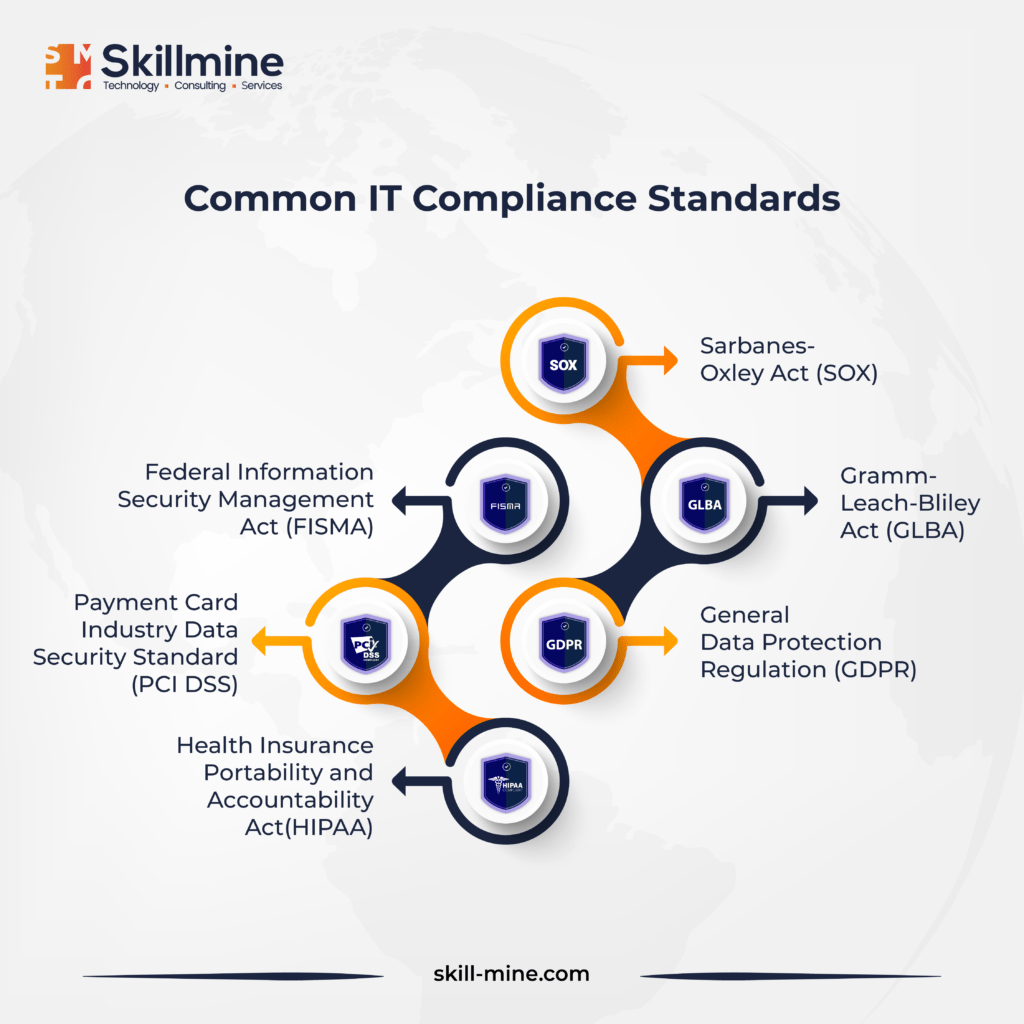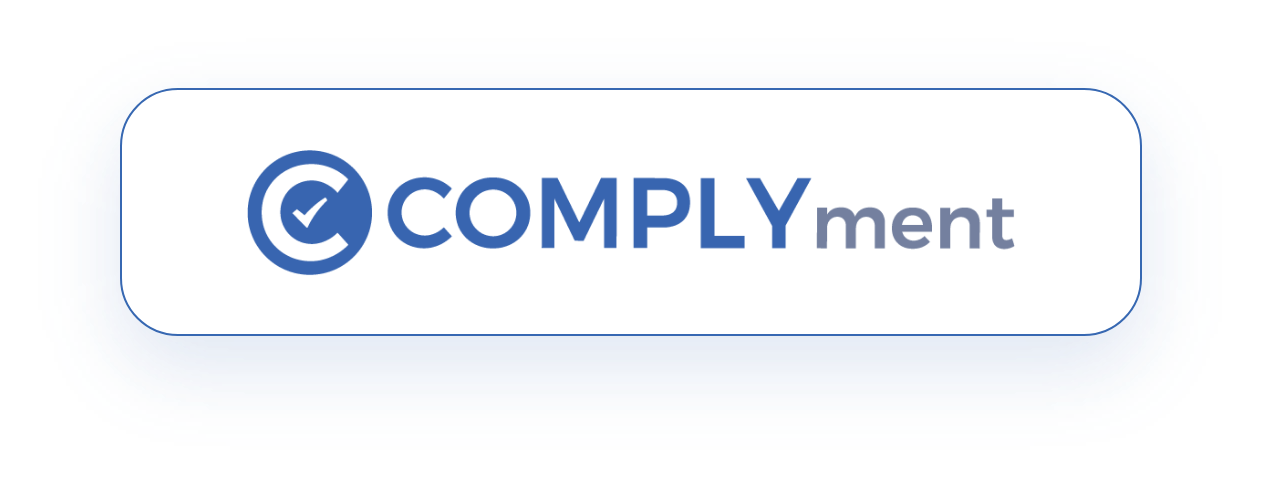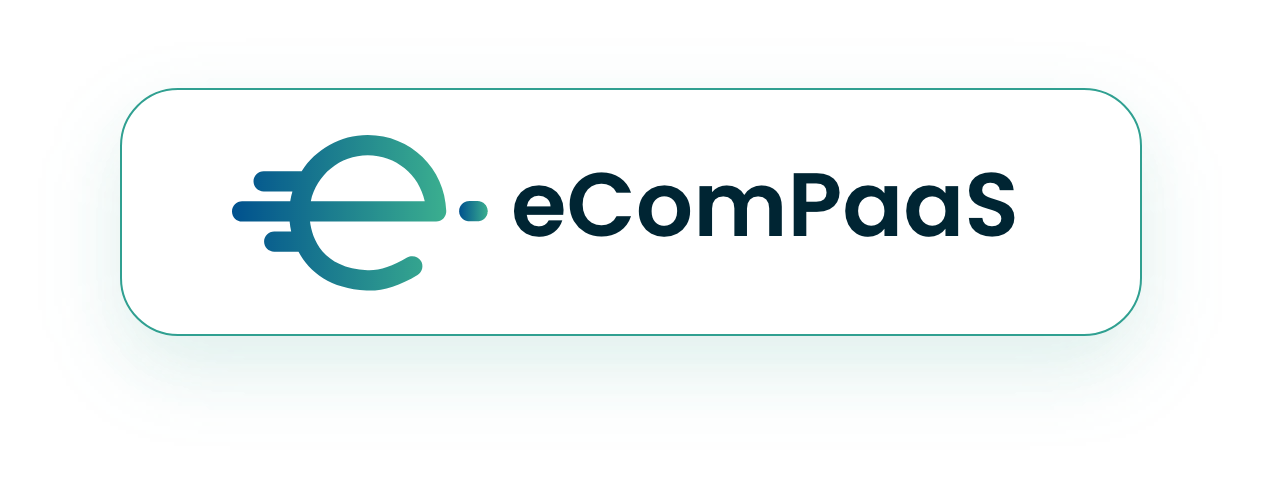IT compliance threats in the cloud lead to potentially costly repercussions. In a report released in 2023 by Jupiter One, it was found that there was a nearly 600% annual surge in the vulnerable cloud attack surface. Specifically, organizations experienced a 133% year-over-year rise in cyber assets and a staggering 589% increase in the count of security vulnerabilities or unresolved findings throughout 2023. To shield your company from these breaches, it is imperative to adhere to cloud compliance requirements.
Title: What is Cloud Compliance?
Cloud compliance involves adhering to regulatory standards governing cloud usage, alongside local, national, and international laws.
The elements influencing cloud compliance are:
Regulatory Standards:
Various industries establish specific guidelines for handling data in the cloud, known as cloud security compliance standards. For instance, ISO incorporates cloud-specific security controls in ISO 27017 and ISO 27018, necessitating the implementation of precise security measures for cloud environment configuration. Additionally, HIPAA mandates that covered entities and their cloud service providers (CSPs) must establish a business associate agreement, holding the CSP accountable for compliance with HIPAA Rules.
Laws and Regulations:
Legislations and regulations at the global, national, and state levels contribute to shaping cloud compliance prerequisites. Understanding the legal landscape concerning cloud compliance, data privacy, data protection, localization, and cybersecurity in your country is crucial.

Skillmine’s COMPLYment is an IT compliance management software that helps your organization achieve compliance with industry standards and regulations. By identifying vulnerabilities, facilitating compliance reporting, conducting frequent assessments, reducing risks, and encouraging secure development practices, this IT compliance software strengthens security measures and safeguards valuable data.
Governance: Cloud governance controls facilitate the management of a company’s data in the cloud by providing clear security policies on cloud usage. Guidelines should cover aspects such as organizing, sharing, and tracking information on the cloud, as well as expanding cloud usage. Additionally, they should delineate ownership and responsibility for cloud strategy.
Importance of IT Compliance in cloud
As data increasingly migrates to the cloud, it’s imperative for businesses to comprehend their own roles and responsibilities in safeguarding that data. This includes achieving and upholding compliance with cloud requirements. Such measures are not only crucial for fostering customer trust but also for mitigating the risks and expenses associated with data breaches.
According to IBM’s 2023 Cost of a Data Breach report, a staggering 82% of all breaches involved data stored in the cloud, whether it be in public, private, or hybrid environments. Moreover, the costs incurred by these breaches typically exceeded the average. Breaches involving data stored across multiple environments had an average cost of USD 4.75 million, while those involving data stored in the public cloud had an average cost of USD 4.57 million.
In essence, adhering to cloud compliance standards allows businesses to capitalize on the advantages of cloud computing—such as cost-effectiveness, data backup and recovery, and scalability—while simultaneously upholding robust security measures.
Challenges in Cloud Compliance
Limited Data Visibility: During the transition to cloud operations, organizations often struggle with maintaining unified visibility across their environments. This challenge extends to managing human users, including monitoring data access, user privileges, and activity frequency.
Increased Risk of Breaches: Misconfigurations are the leading cause of cloud breaches, accounting for 95% of cybersecurity incidents, as per Gartner. These errors can stem from human mistakes, reliance on default platform settings, or efforts to simplify resource access. Implementing controls to prevent, detect, and remediate such errors is crucial for averting data breaches.
Certifications and Attestations: Organizations frequently require third-party auditors to attest to the effectiveness of their compliance controls. This involves providing letters of attestation and certifications to validate adherence to regulatory standards. While certifications typically have a fixed validity period, attestations emphasize the continuous nature of compliance.
Cloud Complexity: The rapid adoption of cloud technologies often introduces complexities, especially in managing legacy systems alongside cloud environments. DevOps teams face challenges in integrating and managing these systems, compounded by issues such as exemptions from compliance standards, which can lead to disruptions and false positives.
Best Practices for Cloud Compliance
Encryption: Utilize data encryption to render data unreadable, enhancing security during storage and transmission. Cloud platforms like Google Cloud Platform (GCP) automatically encrypt customer data upon receipt, while credential encryption by security providers adds layers of protection.
Principle of Least Privilege (LPA): Enforce the principle of least privilege to restrict access to only necessary users and programs. Automation can dynamically adjust permissions based on user roles, minimizing security risks.
Zero Trust: Implement a zero-trust model to continuously authenticate and authorize every element within the cloud environment. This approach ensures heightened security by treating all entities as untrusted and auditing all transactions in real-time.
Well-Architected Frameworks: Adopt well-architected frameworks to design and evaluate cloud architectures aligned with business needs. Frameworks like the AWS Well-Architected Framework enable organizations to identify and address high-risk areas effectively.
Conclusion
Securing data, applications, and infrastructure within cloud computing environments necessitates a blend of technologies, policies, and procedures. Skillmine maintains ongoing surveillance of cloud resources, constantly evaluating their compliance status in real-time. We identify compliance issues and promptly initiate corrective measures.
Looking for expert technology consulting services? Contact us today.










